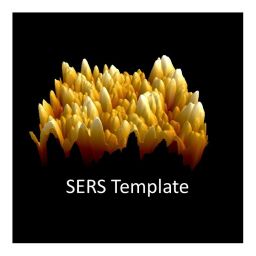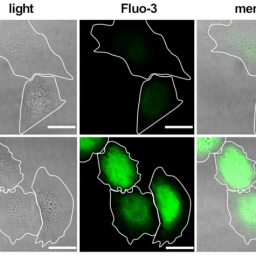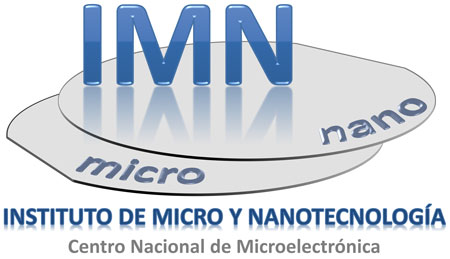Authors: Lin, HJ; Xiang, HY; Xin, CH; Hu, ZL; Billot, L; Gredin, P; Mortier, M; Chen, ZY; Gonzalez, MU; Garcia-Martin, A; Aigouy, L
Article.
Appl. Phys. Lett.. vol: 118. page: 0003-6951.
Date: APR 19. 2021.
Doi: 10.1063/5.0049395.
Abstract:
We present an analysis of the optical coupling between two gold nanodisks by near-field fluorescence microscopy. This is achieved by simultaneously scanning and measuring the light emitted by a single Er3+/Yb3+ doped nanocrystal glued at the end of an atomic force microscope tip. The excitation of the nanocrystal was performed at lambda =975nm via upconversion, and fluorescence was detected in the visible part of the spectrum at lambda =550nm. For an isolated nanodisk, the near-field presents a two-lobe pattern oriented along the direction of the incident polarization. For two nanodisks with a sizable separation distance (385nm) illuminated with the polarization along the interparticle axis, we observe a negative effect of the coupling with a slight decrease in fluorescence in the gap. For smaller gap values (195, 95, and 55nm), a strong increase in fluorescence is observed as well as a reduced spatial localization of the field as the distance decreases. Finally, when the disks touch each other (0nm), the dipolar-dipolar interaction between them disappears and no fluorescence enhancement occurs. A new plasmon mode is created at another wavelength. Our experimental results are in good agreement with numerical simulations of the near-field intensity distribution at the excitation wavelength on the surface of the structures. Combining fluorescence mapping and far-field scattering spectroscopy should be of strong interest to develop bio-chemical sensors based on field enhancement effects..




